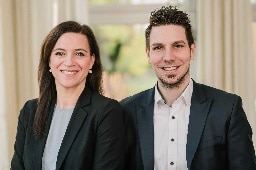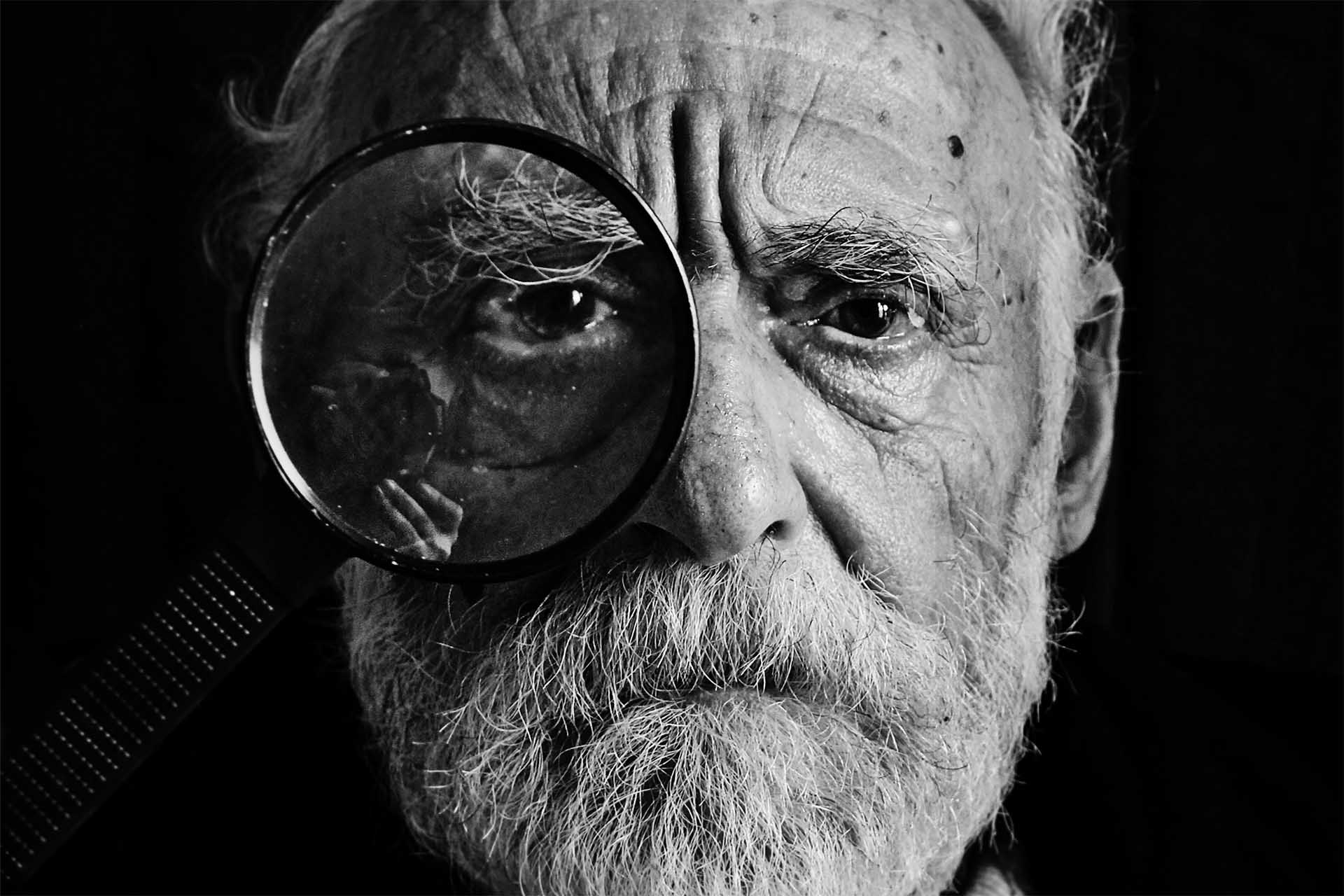Recruiting competencies
We act biased, unfair and subjective. Even if we don’t want to, we make an effort, are aware of it and actively steer against it by means of tools. Unconscious bias – unconscious prejudices are stereotypes that are automatic, unintentional, profound, universal and can influence our behaviour. In the selection of applicants and the composition of teams this leads to the fact that we “by nature” hardly allow for diversity and rather orient ourselves towards the familiar and surround ourselves with people who are similar to us. This is still the case.
Objective and thorough
Equal opportunities and diversity have not only been declared goals of politics and business since yesterday. We supposedly achieve this by relying on certificates, degrees and grades. Job advertisements are formulated neutrally, language, freedom from prejudice and objectivity are targeted, while at the same time, of course, the special aspects of the position, the company and the career opportunity should be in the foreground. In recruiting, form and preparatory work are more important than ever. Thoroughness should heal our imperfection.
What is missing? The focus on people. Because even AI, which selects absolutely value-free (i.e. just as value-free as the people who taught it the criteria), can only judge what it knows.
We will certainly find more diversity in teams in the future, but we will still not know how to deal with the unknown, the lateral entrant, the troublemaker. We will continue to avoid the unknown and the algorithm of the AI will do the same as long as it is not programmed by someone who appreciates exactly these competences!
Competence-oriented
And this is where our expertise comes into play. What exactly is our competence? Competences are learned and acquired through life experience. In contrast to active learning in school, self-chosen training, and studies, we acquire competences unconsciously, often even against our will, especially through negative experiences.
Creativity, precision, perseverance, team spirit – these skills are not acquired in the classroom in frontal teaching. Neither is there anything that can be proven by a certificate. Where do we gather our experiences, competencies – and our prejudices?
The four competence dimensions
Who we are – how we learn – how we work – what shapes us.
1. Individual – who we are
How do I notice for myself what is unique about me? The faster the world turns around, the more we have to be sure that we are competent – for the job, for relationships, for these challenges of the future. Inner strength and energy are becoming increasingly important. Strong, self-confident people – they will continue to have it easier in the future than those who have not been strengthened much in their lives. Their competencies have not been taken into account, not recognised, not developed. And these are not congruent extroverts vs. introverts.
First competence: self-esteem
2. Education – how we learn
Education begins with birth. And thus always with a safe model of how to educate, how to make time available for children and how to acknowledge it. When in (leadership) positions we increasingly speak of “Work Life Balance” in the sense of a flexible distribution of time to the different life tasks, parental and child-raising periods are still not equally recognised. However, it is just as unrecognised to do without them! Both must be allowed to be correct – the decision is individual and thus competence orientation already begins here. And continues with daycare, school, training and studies.
In the “later” learning phases (study and advanced training) we become increasingly dynamic and competent. Kindergarten and primary school are increasingly successfully rehearsing integrated, inclusive and open learning concepts (yes, sometimes they rehearse a bit too much…). But in between there is a gap of almost 10 years of very conventional and frontal schooling. We definitely have to work on this! So that the creative competence of the first 10 years of life is carried on. We are currently learning and teaching them anew with the job entry.
Second competence: lifelong learning
3. Company – how we work
Curriculum vitae, certificates, previous positions, titles, achievements, successful projects. In the best case, these are the points that contribute to the value of a person in the job. But how do we measure the competencies that are hidden by social imprint, experience, fate under these paper sheets (or the application form with standard input mask) in the future? Do we then enclose the partner’s love letter, the daughter’s Mother’s Day picture or a letter of recommendation from the best friend with the application? Perhaps a membership in a football club or a picture of the bee-friendly garden?
We cannot measure so much and yet the value of these skills is incredibly valuable for the future world of work. Because the AI can also calculate well.
Third competence: Communication & active listening
4. Society – what shapes us
To ask questions about competencies, to understand them, but also to endure them: that is what diversity and a multiple society are all about. That’s what we need and social entrepreneurship plays a very important role in this context. The more we act together and not against each other, the more the performance idea of “my own success” gives way to an overall success, the more a society can play out its overall competence.
Fourth competence: diversity & culture
Empathetic
Where the technological and digitised working world is becoming ever faster (more efficient, more productive), we can form a counterbalance through competence orientation: To first perceive the time gained as such and then use it for cooperation. This is what we will need and then tech for good works! AI gives us scope for creative thinking if we derive the competences mentioned from the four dimensions, implement them individually for ourselves and live together.
We must know ourselves, have courage, be curious, listen and understand.
Future-oriented
How exactly can this be mapped and implemented in the (recruiting) process?
- Unconcious Bias: The awareness of this has to be mandatory in every HR department and in all those involved in the application process! We decide on the basis of our experience. The more we decide together, the more secure the overall decision will be, the more facts gain about prejudices.
- We work almost exclusively in teams – so we should hire them that way. And with those who ultimately work together. Not wrong when expertise, gut feeling, curiosity and experience come together. That rarely happens in just one person.
- We don’t ask questions in the interview, we let ourselves tell stories!
- We remain authentic and do not try everything at once. Recruiting as a team event must be practiced. And must be anchored in the organisation as a holistic process.
- The most beautiful Candidate Journey must not end with the job start! Appreciating and using individual competencies means looking at people. Not the human resource. Our job title should not be more or less than our name. Sure, that’s an exaggeration, but it helps to think every day in the back of your mind that with the team much more is possible than the job descriptions suggest.
Innovative
One thing must be absolutely clear: Those who make few demands must reckon with everything. And recruiting doesn’t get any easier – an AI and our competence approach make the process more transparent and increase the chance of finding the perfect match for the team – but it gets more complex.
The AI can help to overcome the unconcious bias – but it has no feeling for risk, innovation and individuality. The onslaught of applicants is diminishing? Use the time gained and invest it in people!
Notes:
Julia Collard and Sven Schnitzler have published some more posts in the t2informatik Blog, including

Julia Collard & Sven Schnitzler
Julia Collard and Sven Schnitzler are Doppel[t]spitze. Networking & learning and the personal and virtual exchange of knowledge are their passions. As knowledge networkers, they make opinions, people, companies and their work visible. Innovative work means that they get by without power games & competitive thinking and that individual performance, efforts and ideas are in the foreground.
Dual leadership means that Julia and Sven work in tandem in their agency to develop and implement innovative and practical online marketing concepts. A clear marketing strategy is the key to success. The focus is always on people and their stories. “Share your story” can say so much – stories connect people, companies and departments. They make people visible and have an impact. This is how Julia & Sven live marketing.


